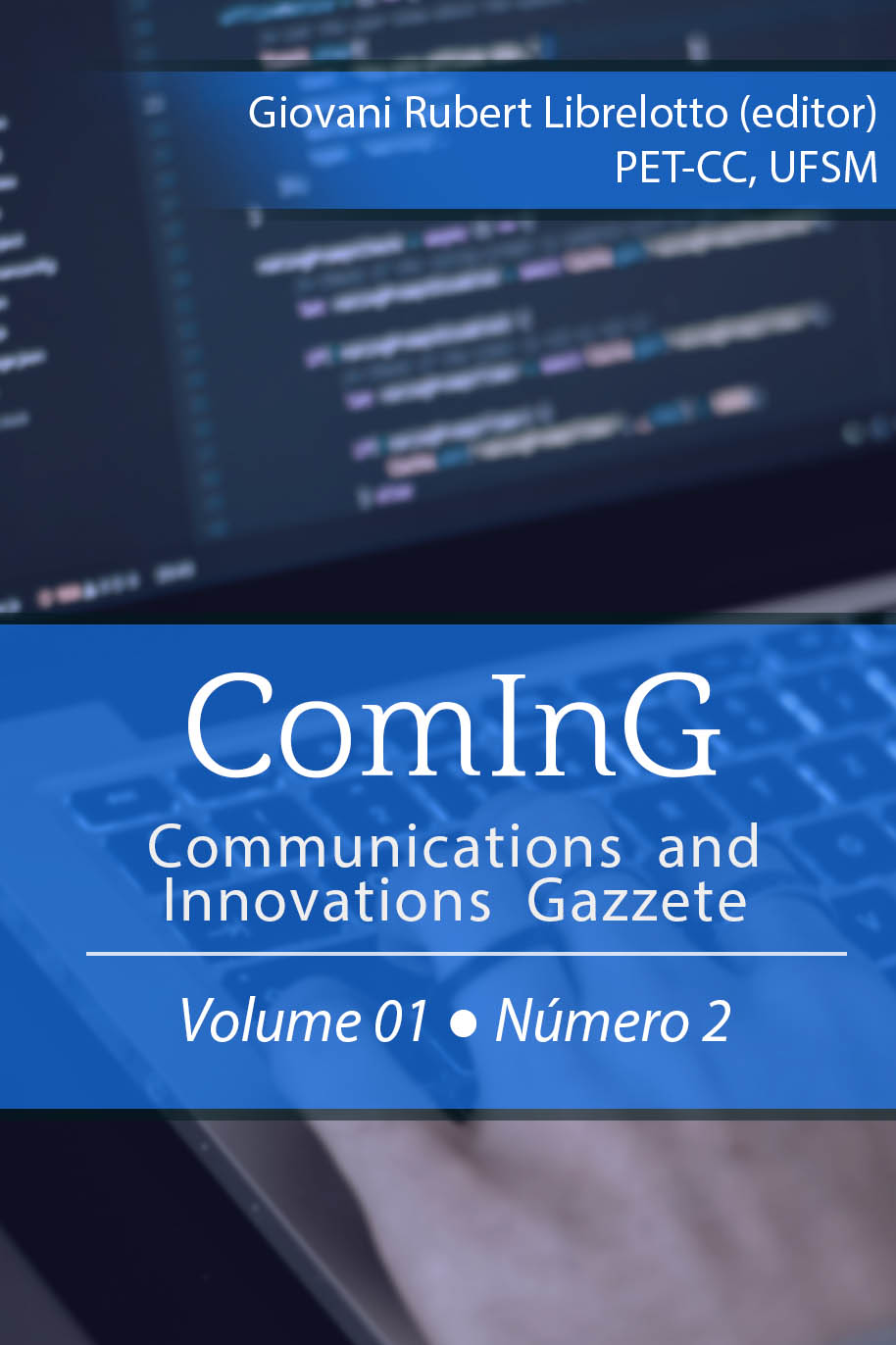An approach towards the reconstruction of regulatory networks
DOI:
https://doi.org/10.5902/2448190422639Palavras-chave:
Bioinformatics, Computer Science, Transcriptional Regulatory Networks, Data IntegrationResumo
Currently, one of the main issues addressed in the bioinformatics field is understanding the structure and behaviour of complex molecular interaction networks. Since most of the information available belongs to biomedical literature, a large part of this task entails selecting the relevant articles from a large body of papers. However, due to the rapidly increasing number of scientific papers, it is quite difficult to read all the papers that have been published about this subject. In order to accomplish this, this work is focused on developing methods for retrieving information from biological databases, gathering as much information as possible; to create an integrated repository, that is able to store and load this data and also to design a pipeline to allow the reconstruction of regulatory networks through using Biomedical Text Mining techniques.Downloads
Referências
Babu, M. M., Luscombe, N. M., Aravind, L., Gerstein, M., and Teichmann, S. A. (2004). Structure and evolution of transcriptional regulatory networks. Current opinion in structural biology, 14(3):283–291.
Barrett, C. L. and Palsson, B. O. (2006). Iterative reconstruction of transcriptional regulatory networks: an algorithmic approach. PLoS computational biology, 2(5):e52.
Ben-Tabou de Leon, S. and Davidson, E. H. (2007). Gene regulation: gene control network in development. Annual review of biophysics and biomolecular structure, 36:191.
Carrera, J., Rodrigo, G., Jaramillo, A., and Elena, S. F. (2009). Reverse-engineering the Arabidopsis thaliana transcriptional network under changing environmental conditions. Genome biology, 10(9):R96.
Crysmann, B., Frank, A., Kiefer, B., Krieger, H.-U., Muller, S., Neumann, G., Piskorski, J., Schafer, U., Siegel, M., Uszkoreit, H., and Xu, F. (2002). An integrated architecture for shallow and deep processing. In University of Pennsylvania, pages 441–448.
Cunningham, H. (2002). GATE, a general architecture for text engineering. Computers and the Humanities, 36(2):223–254.
Fielding, R. and Taylor, R. (2000). Principled design of the modernWeb architecture. Proceedings of the 2000 International Conference on Software Engineering. ICSE 2000 the New Millennium, 2(2):115–150.
Friedman, C., Kra, P., Yu, H., and Rzhetsky, A. (2001). GENIES : a natural-language processing system journal articles. Bioinformatics, 17.
Friedman, N., Linial, M., Nachman, I., and Pe’er, D. (2000). Using Bayesian Networks to Analyze Expression Data. Journal of Computational Biology, 7(3-4):601–620.
Gerner, M., Nenadic, G., and Bergman, C. M. (2010). LINNAEUS: a species name identification system for biomedical literature. BMC bioinformatics, 11:85.
Kubler, S., McDonald, R., Nivre, J., and Hirst, G. (2009). Dependency Parsing. Morgan and Claypool Publishers.
Neumann, G. and Piskorski, J. (2002). A shallow text processing core engine. Computational Intelligence, 18:451–476.
Pereira, R. and Mendes, R. (2014). Integrating Biological Databases in the Context of Transcriptional Regulatory Networks. International Journal of Bioscience, Biochemistry
and Bioinformatics, 4:345–350.
Sayers, E. (2008). Entrez Programming Utilities Help. National Center for Biotechnology Information (US).
Schlitt, T. and Brazma, A. (2007). Current approaches to gene regulatory network modelling. BMC bioinformatics, 8 Suppl 6:S9.
Shi, X. (2006). Sharing service semantics using SOAP-based and RESTWeb services. IT Professional, 8(2):18–24.
Spyns, P. (1996). Natural language processing in medicine: An overview. Methods of Information in Medicine, 35(4-5):285–301.
Temkin, J. M. and Gilder, M. R. (2003). Extraction of protein interaction information from unstructured text using a context-free grammar. Bioinformatics, 19(16):2046–2053.
van Someren, E. P., Wessels, L. F., and Reinders, M. J. (2000). Linear modeling of genetic networks from experimental data. Proceedings of International Conference on Intelligent Systems for Molecular Biology, 8:355–366.
Weaver, D. C. (1999). Modeling regulatory networks with weight matrices. In Pacific Symposium on Biocomputing, volume 4, pages 112–123.
Downloads
Publicado
Como Citar
Edição
Seção
Licença
Os manuscritos aceitos e publicados são de propriedade da revista ComInG.
Os originais deverão ser acompanhados de documentos de transferência de direitos autorais contendo assinatura dos autores.
A carta de direitos autorais deve ser enviada para o e-mail coming@inf.ufsm.br
É vedada a submissão integral ou parcial do manuscrito a qualquer outro periódico. A responsabilidade do conteúdo dos artigos é exclusiva dos autores.
É vedada a tradução para outro idioma sem a autorização escrita do Editor ouvida a Comissão Editorial.
ENGLISH
Manuscripts accepted and published are the property of the journal ComInG.
The originals must be accompanied by documentation of copyright transfer containing the signature of the authors.
You may not submit full or partial manuscript to another journal. The responsibility of the article's content is exclusive of the authors.
You may not translating into another language without the written permission of the Editor after consultation with the Editorial Board.






